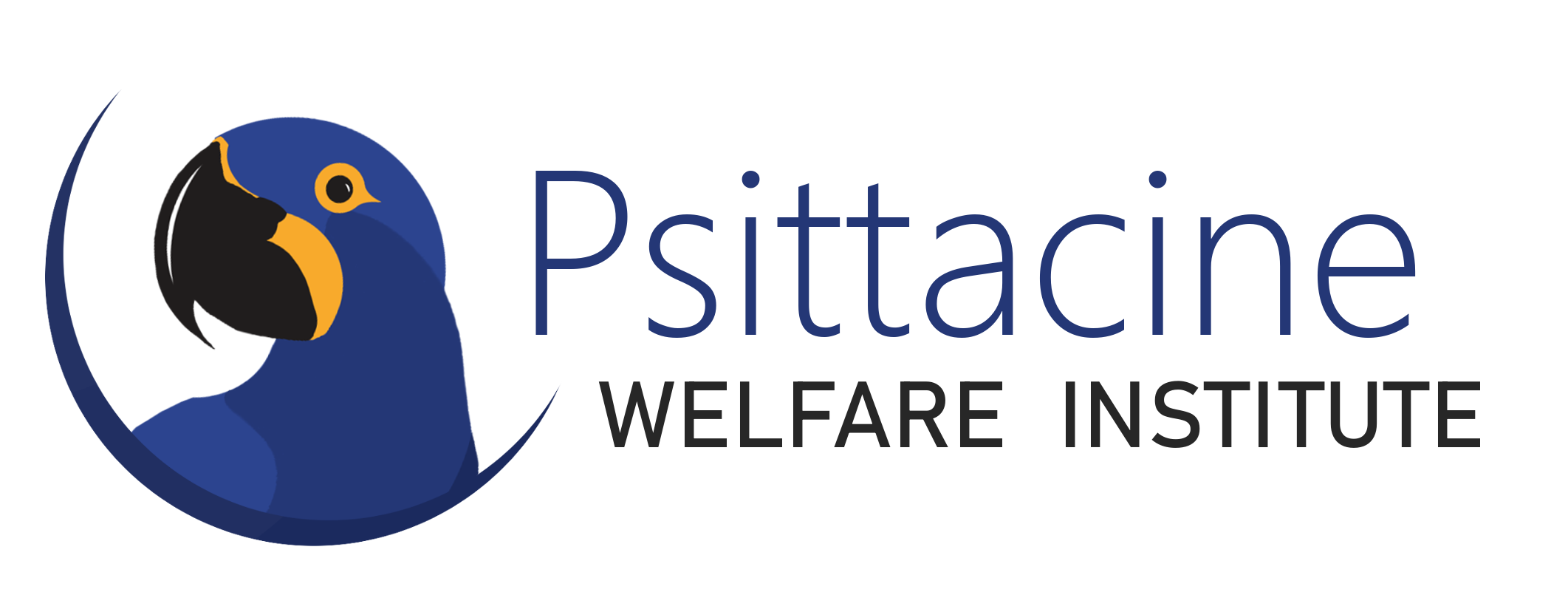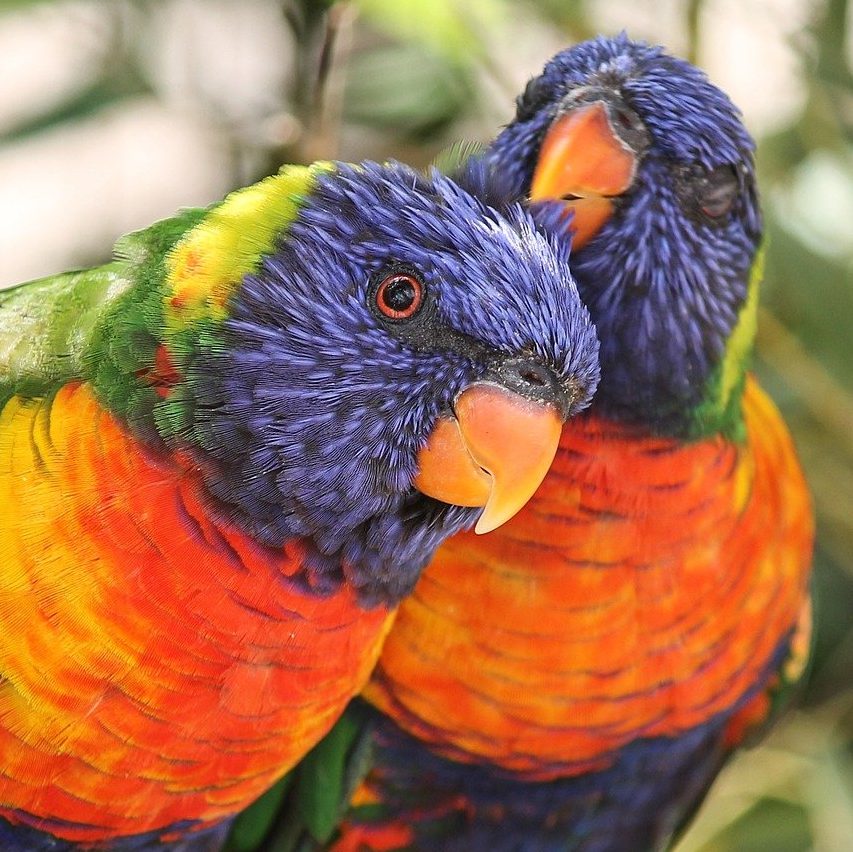What is a psittacine?
Psittacines (si-tə-sīnz), more commonly referred to as parrots, are an order of bird comprising nearly 400 species in 3 unique superfamilies.[1]
What is welfare?
Welfare is the measure of an individual organism’s homeostatic relationship with its environment.
our mission
The Pursuit of Optimum Welfare
The Psittacine Welfare Institute seeks to improve collective parrot welfare by advancing husbandry and behavior management techniques through evidence-based science.
Environments
Welfare assessments will change across varying environments, unique circumstances, and individual animals. The science of welfare cannot be generalized to all 400 species of undomesticated psittacine, and is best analyzed on an individual (n=1) basis.
Captive Welfare
Parrots living in integrated environments under the absolute control and management of humans.
Wild Welfare
Parrots living in wild environments influenced by human management.
Companion
Parrots co-existing with a human family unit in their home.
Collection
Parrots living under an organization’s long-term care with the intention to retain them.
Rescue
Parrots living under an organization’s temporary care with the intention of release.
A Progressive Welfare Model

Metabolic Needs
Operant Needs
Factors to Evaluate
Quantity
Is the animal receiving the optimum amount of this need?
Quality
Is the animal receiving the optimum category of this need?
Variety
Is the animal receiving the optimum diversity of this need?
Complexity
Is the animal receiving the optimum difficulty of this need?
Authority
Is the animal receiving the optimum level of choice and control?
Efficacy
Are the animal’s outcomes showing optimum engagement?

